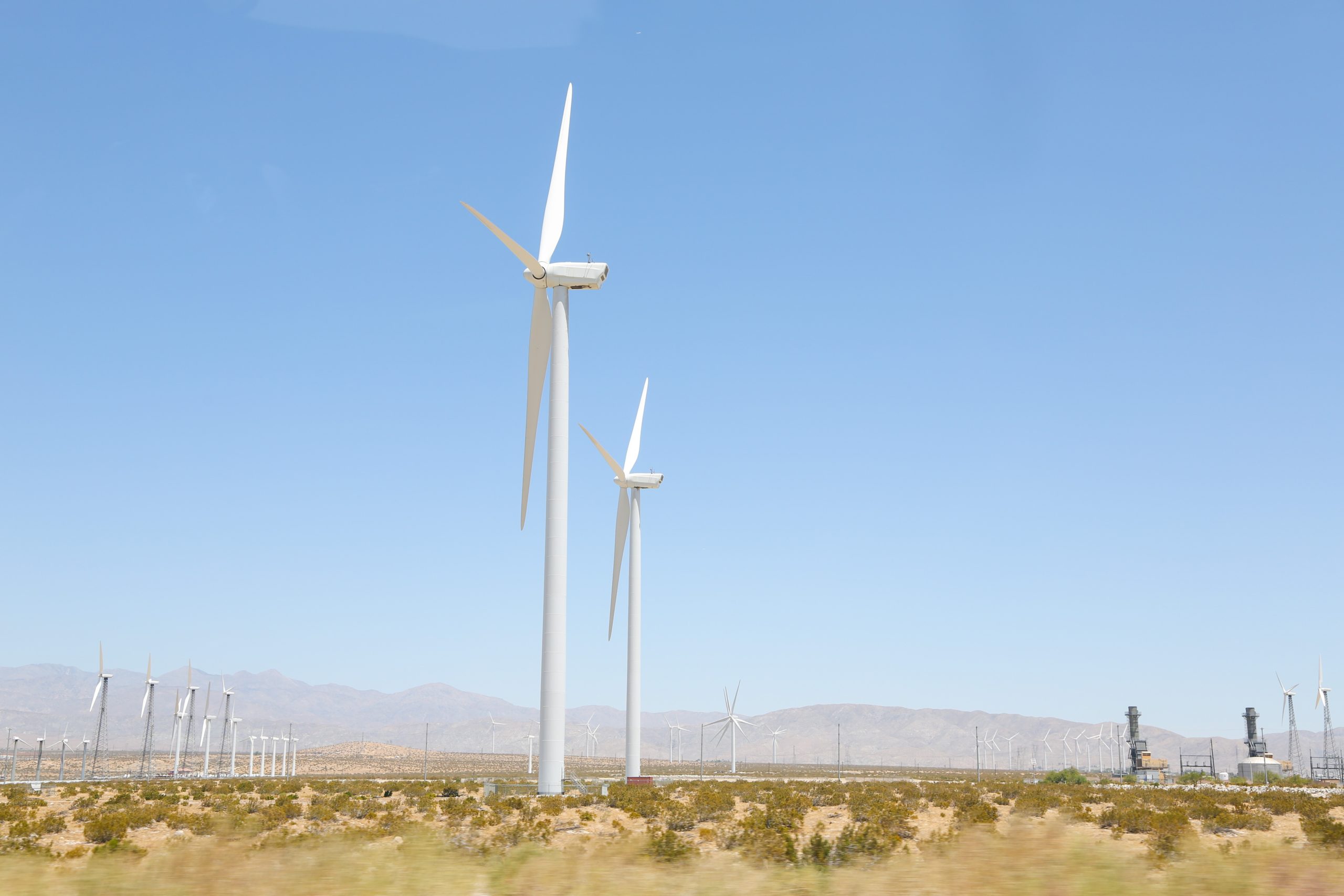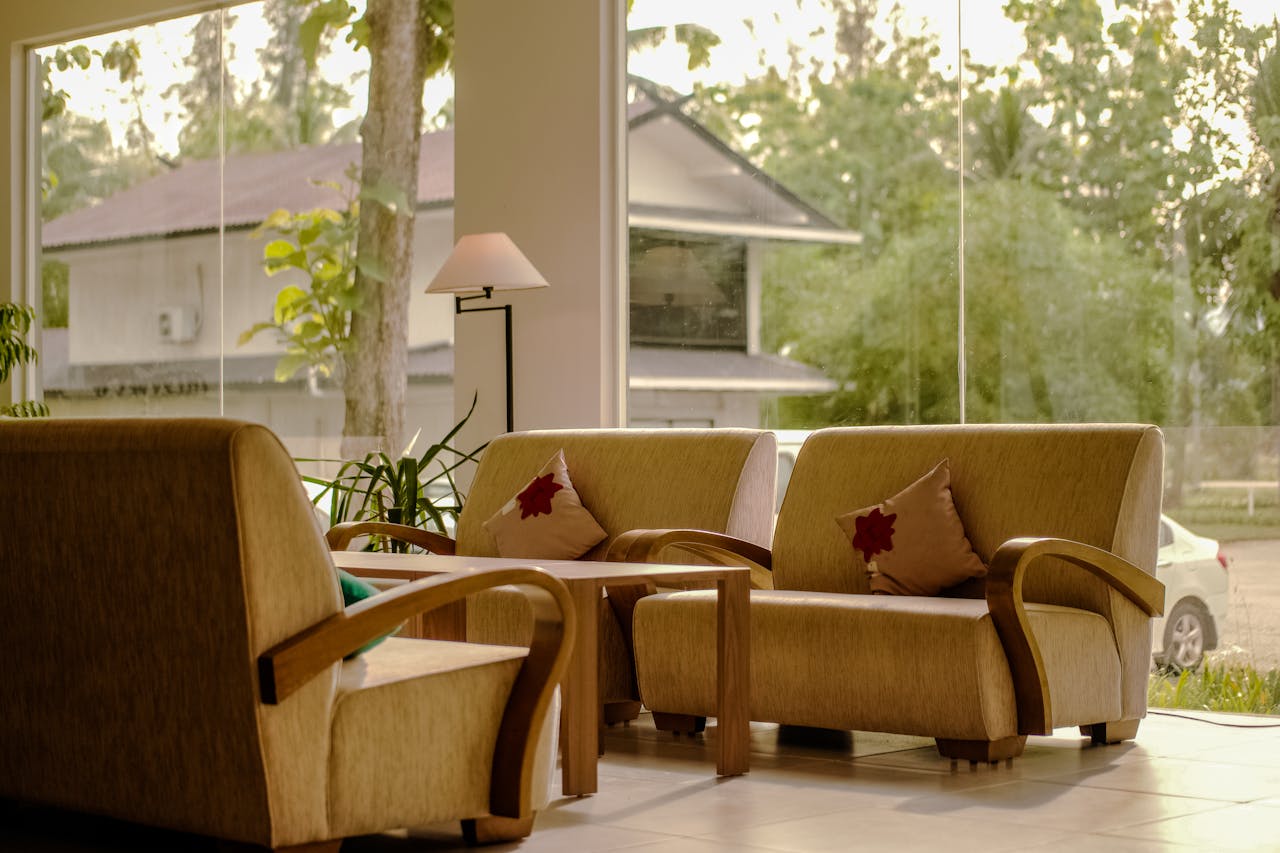As the world becomes more and more aware of the importance of taking care of our planet, eco-friendly land development is becoming more and more popular, according to Damon Becnel. There are many ways to develop land in an environmentally friendly way, and many businesses are starting to take advantage of these methods. In this article, we will discuss examples of eco-friendly land development that are sure to inspire you!
The History Of Eco-Friendly Land Development
Eco-friendly land development is not a new concept. Throughout history, there have been many examples of people developing land in an environmentally sustainable way. One early example comes from the ancient Mayans, who built their cities using materials that were readily available in the local area. This helped to reduce the impact on the environment and ensured that the city could be easily rebuilt if it was damaged by natural disasters.
In more recent years, eco-friendly land development has become increasingly popular as we become more aware of the importance of taking care of our planet. There are many different ways to develop land in an eco-friendly way, and more businesses are starting to take advantage of these methods.
How Eco-Friendly Land Development Works
Eco-friendly land development is the process of developing land in a way that minimizes the impact on the environment. This can be done through a variety of different methods, such as using native plants, rain gardens, green roofs, and soil stabilization. These methods help to reduce erosion and run-off, improve air quality, and support local wildlife.
Six Incredible Examples Of Eco-Friendly Land Development
There are many different ways to develop land in an eco-friendly way. Here are ten incredible examples of eco-friendly land development from around the world:
- Soil Stabilization: Soil stabilization is a process that helps reduce erosion and run-off while also improving the quality of the soil itself. This makes it more productive for crops and plants.
- Native Plants: Utilizing native plants is a great way to be eco-friendly because they don’t require extra water or fertilizers. They also help support local wildlife!
- Rain Gardens: Rain gardens are designed to collect rainwater runoff from roofs and other hard surfaces. The collected water is then used to irrigate the garden, reducing the need for additional water from the tap. Not to mention, they’re absolutely beautiful.
- Green Roofs: Green roofs are covered with vegetation which helps insulate the building and reduce energy consumption. They also help absorb rainwater, reducing runoff and flooding.
- Creating green spaces: One way to develop land in an eco-friendly manner is to create green spaces such as parks and gardens. These areas provide important habitats for wildlife and also help to improve air quality.
- Using recycled materials: Rather than using virgin materials, recycled materials can be used for land development. For example, crushed concrete can be used as a base for roads and paths.
Benefits Of Eco-Friendly Land Development
According to Damon Becnel, there are many benefits to eco-friendly land development, both for businesses and for the environment itself. Developing land in an eco-friendly way often helps businesses save money in the long run by reducing energy consumption and water usage. It also helps to create a more sustainable business model that can be used for generations to come. Some of the most notable benefits include:
- Reduced Energy Consumption: Developing land in an eco-friendly way often helps businesses save money in the long run by reducing energy consumption.
- Improved Air Quality: By taking care of the land we live on, we can help to improve air quality for future generations.
- Reduced Water Usage: Eco-friendly land development also helps to reduce water usage, which is a valuable resource.
- Support For Local Wildlife: Native plants and rain gardens help support local wildlife, which is important for maintaining biodiversity.
Challenges Faced By Eco-Friendly Land Developers
Despite the many benefits of eco-friendly land development, there are also some challenges that developers face. One of the biggest challenges is finding the right balance between development and conservation. It can be difficult to find a way to develop land without impacting the surrounding environment too much. Another challenge is the cost – developing land in an eco-friendly way can sometimes be more expensive than traditional methods. However, many businesses are starting to see the value in investing in sustainable practices.
The Future Of Eco-Friendly Land Development
As awareness of the importance of eco-friendly land development grows, we can expect to see more businesses and organizations taking advantage of these methods. In the future, eco-friendly land development will likely become the norm, rather than the exception.
Final Thoughts
According to Damon Becnel, as the human population continues to grow, there is an increasing need for land development. However, this development must be done in a way that is sustainable and eco-friendly. Otherwise, it can lead to environmental degradation and a loss of biodiversity. Eco-friendly land development is not only good for the environment, but it can also be beneficial for businesses and organizations. By taking care of the land we live on, we can help to create a more sustainable future for all.











